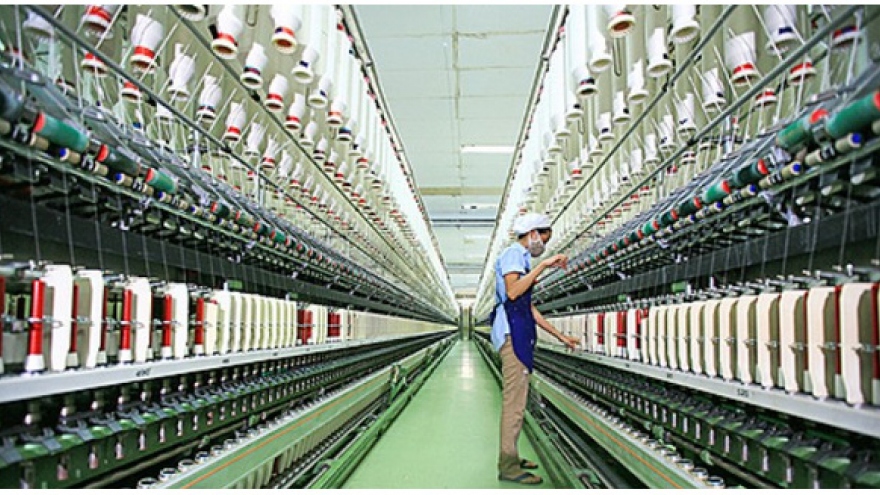Vietnam’s garment industry can’t keep ‘waiting for the TPP’
2016 is expected to be the most difficult year in the last decade for Vietnam’s textile and garment industry. While waiting for preferential tariffs to be offered by the TPP, Vietnamese companies are seeing orders ‘flee’ to other countries.
 |
Fulfilling the business plan in the first six months of the year, Phong Phu JSC saw its export turnover decrease significantly against the first half of last year.
The textile and garment industry this year expects a modest 6% growth rate in output and 2.5-3% only in turnover this year. Phong Phu’s CEO said this shows stiff price competition in the world market.
The EU market has shrunk with importers trying to force prices down or canceling orders. The Japan's and the Republic of Korea's markets in the first six months of the year were also weaker than the same period last year, according to Vu Duc Giang, the chair of Vitas (Vietnam Textile & Apparel Association).
Giang said Vietnamese companies still can ‘hold back’ in the first half of the year, but since August, the lack of orders has put pressure on them. Not only small enterprises, but a Japanese-invested enterprise in Long An has also closed its workshops because of the lack of orders.
Large markets now tend to import products from India, Cambodia, Pakistan and Myanmar. In 2015, Cambodia’s garment exports to the EU outstripped Vietnam, becoming the fifth largest garment exporter to the market.
In 2010, Vietnam’s exports to the EU were double that of Cambodia’s.
Amid great difficulties, Vitas has cut its forecasted export turnover in 2016 from US$31 billion to US$29 billion.
According to Le Quang Hung, chair of Garmex Sai Gon, the production cost in Cambodia and Myanmar is US$100 per person per month, while the figure has risen to US$300 in Vietnam.
As a result, though Vietnamese workers are more skilled, they cannot compete in prices with the other countries.
Analysts said once free trade agreements are signed, Vietnamese enterprises will be able to enjoy preferential tariffs.
However, to date, Vietnam has only signed an FTA with the RoK, while the FTA with the EU will take effect in one month and Vietnam has to wait for TPP to be ratified.
According to the Vietnam-EU FTA, the EU will remove tariffs on imports from Vietnam, but only seven years after the FTA takes effect. The average export tariff to the market is 9.6%.
Trinh said that Vietnam follows the policy on exchange rate stabilization, therefore, Vietnamese garment exports are less competitive than exports from other countries which devalue their currencies.


